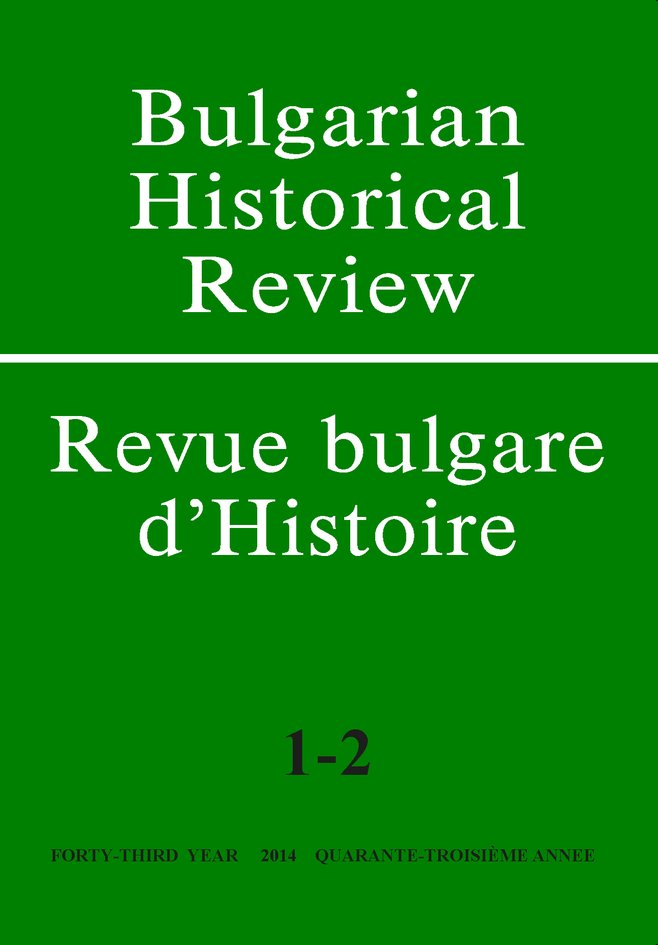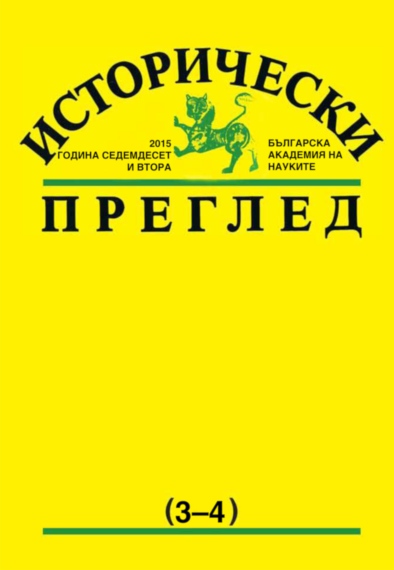438 NO`LU MUHÂSEBE- VLÂYET- ANADOLU DEFTERNE GÖRE XVI. YÜZYILIN LK ÇEYREGNDE HONAZ KAZÂSI
In this study, socio-economic aspects of Honaz Township in the first quarter of XVIth century, which was an important township of Kutahya City which was a state of Ottoman Empire in its golden age, will be examined in the framework of Anatolian Accounting Register which dates from 1530 and numbered 438. The register mentioned above has all necessary sources such as wealth sources, population movements, ethnic structure, foundations, administrative and military structure, system of the state. The main aim of this work is to eliminate the deficiencies by evaluating all data in the register written in Suleyman The Magnificent’s time and works about Honaz and its income sources, settlement, population, foundations, socio-cultural structure of that period and also provide materials which can be used safely and easily by the historians who search this topic.
More...


